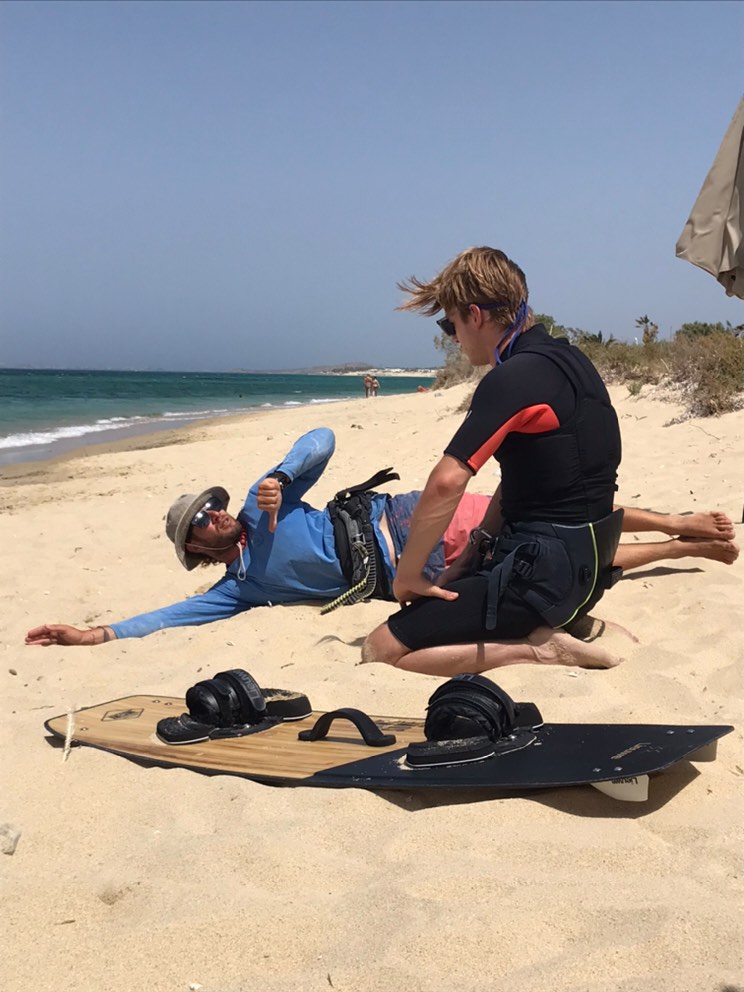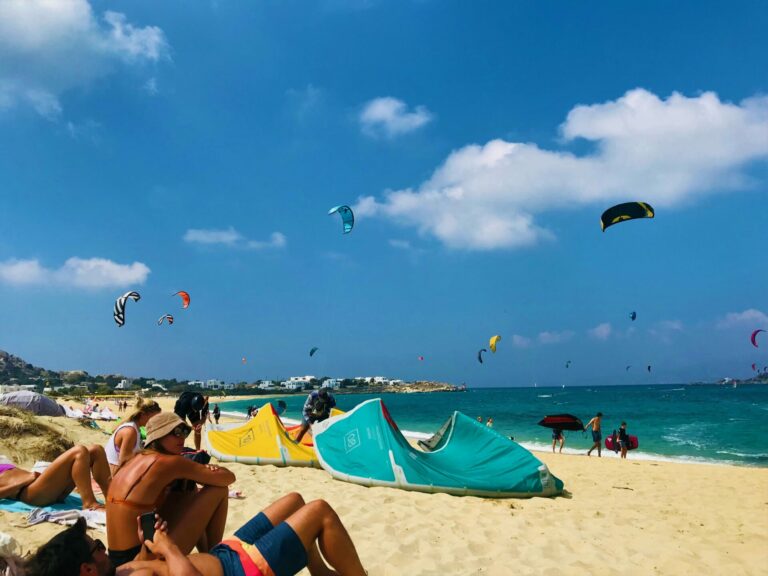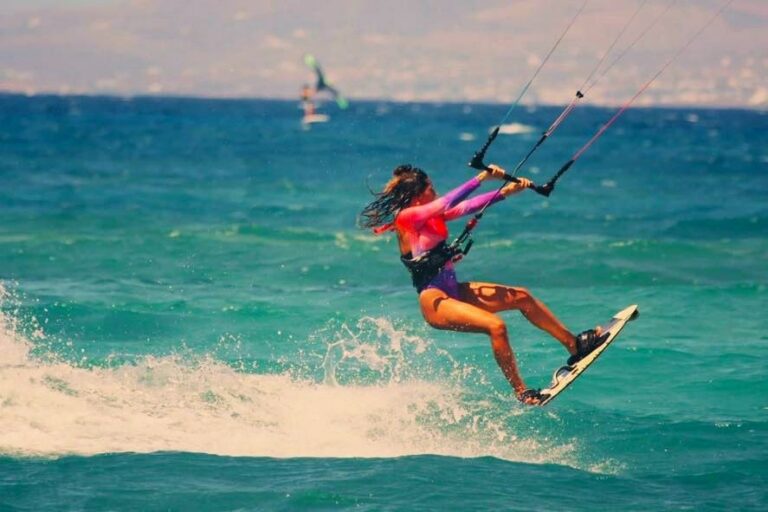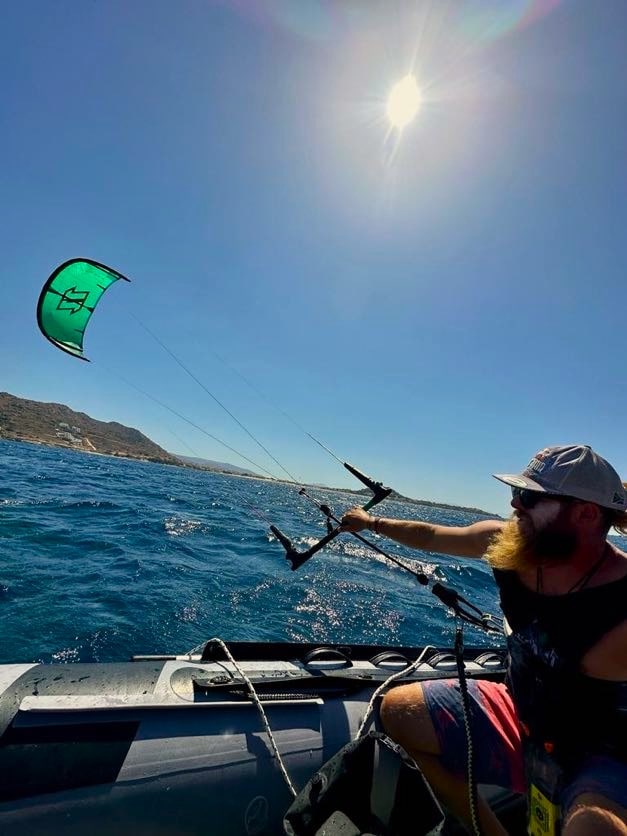What to Expect in Your Second Kitesurfing Lesson
Congratulations! You have completed your first kitesurfing lesson, where you learned the basics of kite control and safety. In your second lesson, you will step into the water for the first time and begin learning the key skills what will get you ready to ride the board. In this post, we will walk you through what to expect and the key exercises you will practice during your second kitesurfing session.
Entering the Water: A Big Step Forward
Getting into the water for the first time is an exciting step in your kitesurfing journey. In this lesson, you will move beyond land-based kite control and begin to interact with the dynamic environment of water. Before you get on the board, there is couple of exercises to build your confidence, improve kite handling, and ensure you are ready for the next stages. Let’s dive into these key exercises.

Exercise 1: Body Dragging
The first exercise in your second lesson is called body dragging, a fundamental skill that teaches you how to use the kite to move through the water. Here is what you will focus on:
Goals of Body Dragging
Kite Control in the Water: You will practice learning to maintain stability by steering the kite in both directions while you are inside the water.
Key Milestone:
To move on to the next exercise, you must demonstrate the ability to keep the kite in the air consistently without crashing it. This builds your control and ensures safety as you progress.
Exercise 2: Power Strokes
Once you have mastered body dragging, the next step is to learn power strokes, a critical skill for generating the power needed to perform a waterstart and later on riding.
What you will Learn:
- Creating Controlled Power: You will practice moving the kite in specific patterns to generate a controlled amount of power.
- Understanding Power Dynamics: This exercise helps you feel how the kite’s power translates into forward motion, a key factor for getting up on the board later.
Why It is Important:
Mastering power strokes is essential for understanding how to use the kite’s energy effectively –a foundational skill for all future kitesurfing maneuvers.
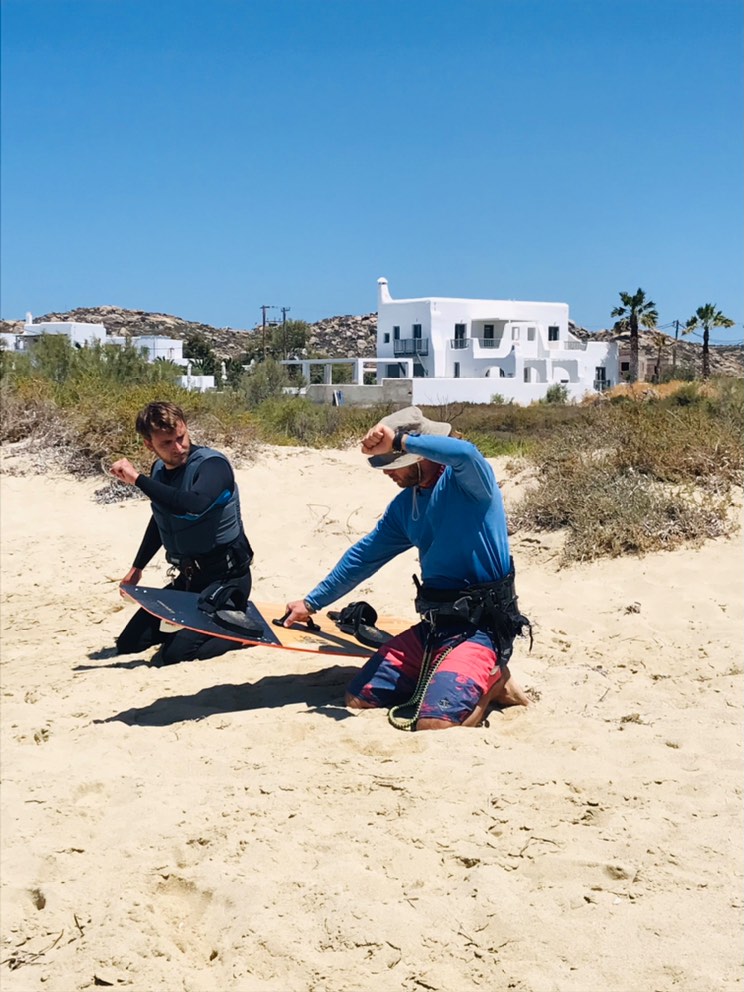
Exercise 3: Body Drag Upwind
After practicing power strokes, the next step is body drag upwind, which is done in two stages –first without the board and then with the board.
Stage 1: Body Drag Upwind Without the Board
In this stage, you will focus on moving upwind using the kite to pull you. This exercise helps you:
- Recover the Board: Practice using the technique to recover your board if you lose it during a session. It builds your ability to navigate upwind in the water confidently.
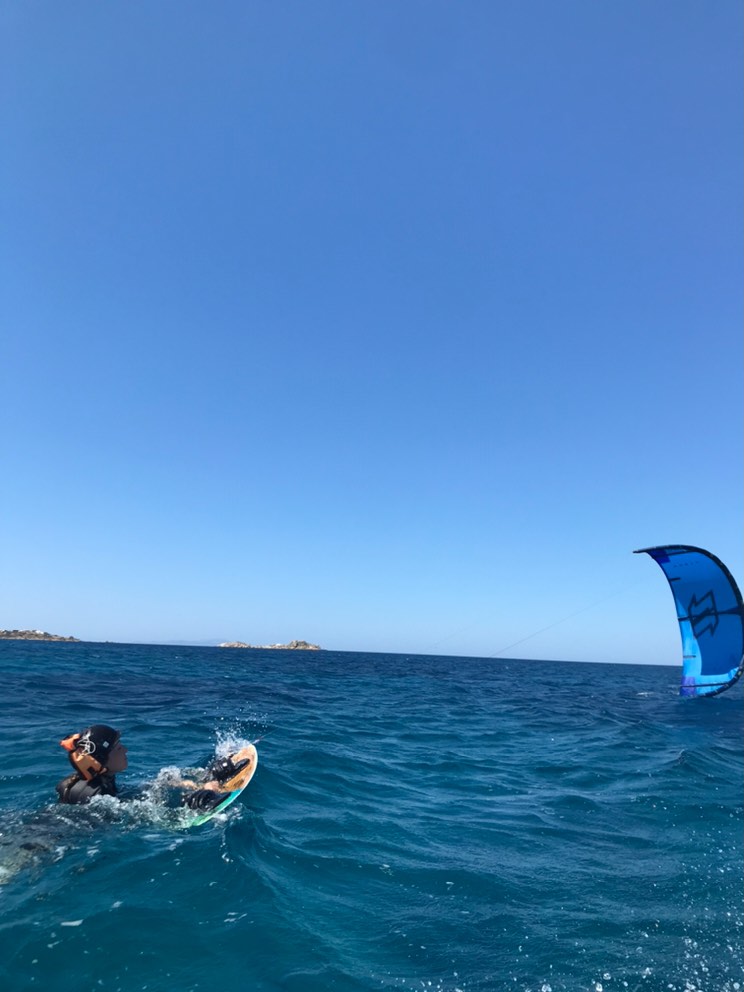
Stage 2: Body Drag Upwind with the Board
Once you have mastered body dragging upwind without the board, it is time to get the board in your hands for the first time. In this stage, you will:
- Carry the Board: Hold the board while body dragging upwind, practicing how to manage both the kite and the board.
- Safe Water Entry and Exit: Learn how to enter and exit the water safely while
- managing the kite and board simultaneously.
Purpose of This Exercise:
This two-stage approach ensures you can safely enter and exit the water and return to the shore if needed, even if you aren’t yet able to ride the board.
Ready for the Board
After completing these exercises, you will finally get your chance to practice with the board. By now, you will have developed the control, power management, and safety skills needed to attempt your first waterstarts. Keep in mind that progress comes with practice, so don’t be discouraged if it takes a few tries to get the hang of it!
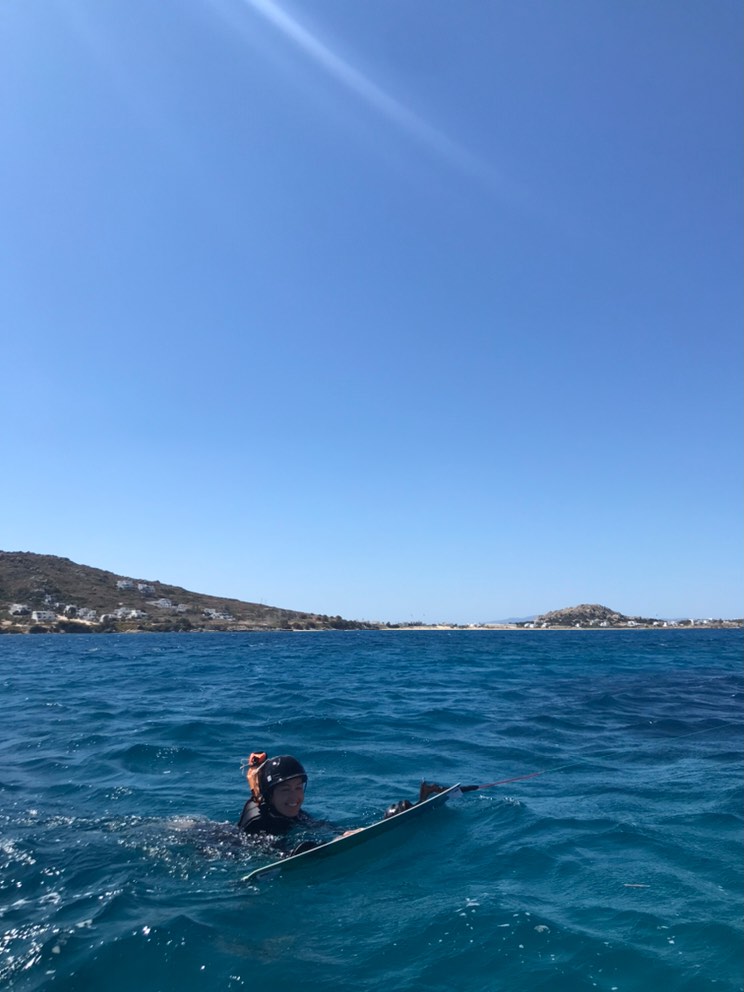
Final Thoughts
Your second kitesurfing lesson is all about building confidence in the water and mastering key skills that will serve as the foundation for your kitesurfing journey. From body dragging to power strokes and upwind body dragging, each exercise is designed to prepare you for the riding. Stay patient, listen to your instructor, and enjoy every moment of this exciting new adventure! For more information visit Amouditis Kite Center!
